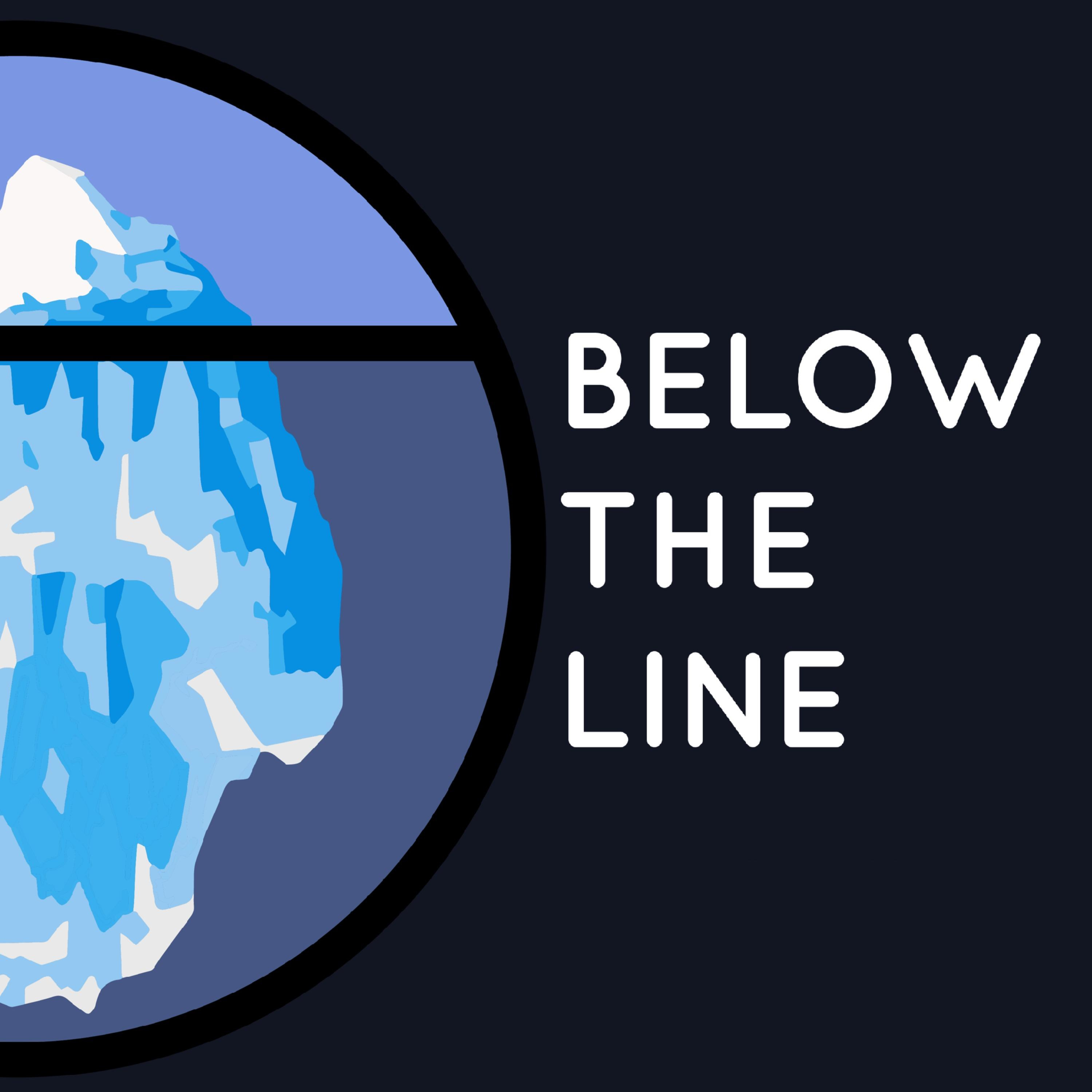The origin of enneagrams are unknown, but they are at least 3,000 years old or older. The models are found in Egyptian tombs and in old sites. It's thought to have come from ancient people studying human beings to know what causes reactivity in a human being. Enneagrams are those seven deadly sins, plus two more.
There are 9 types. Type 1 is the reformer or perfectionist, type 2 is the helper, type 3 is the achiever, type 4 is the artist or individualist, type 5 is the observer or investigator, type 6 is the questioner or skeptic, type 7 is the enthusiast or adventure, type 8 is the challenger, and type 9 is the mediator or peacemaker. Each one has a snake, or a darker side of its type.
There isn’t a lot of science behind enneagrams right now, so it’s not known for sure. So far, it seems that a person is more genetically wired to be a specific type. The environment at home may or may not have the reactive shadow patterns showing up, which plays a huge role in a person’s reactivity.
We all want the connection as humans. Enneagrams tell us what stands between us and connections. Ego in reactivity is an enemy to connection. Ego alone, not necessarily.
It shows that in any given moment, you are above the line— in the state of trust— or below the line, in a state of threat. You are either open, curious, willing to learn or you are defensive and wanting to be right. You’ll see whether life is happening by you when living above the line, or if life is happening to you when you are below it.
This can also be applied to everyone, but you should allow both feelings in a state of trust where you can laugh and grieve at the same time. Let emotions and feelings be felt when they need to be during a certain period of time in order to heal.
People’s unwillingness and unknowingness to feel their feelings and speak the unspoken words. Withholding thoughts and feelings are exhausting, which creates more of a burnout than the burnout itself.
Sad, scared, angry, joyful, and sexual are the core feelings. Combined, they make up a bunch of other feelings. Diana and her team want people to know how to be in tune and locate feelings as sensations in the body in order to listen and utilize them toward completion.
Instead, ask yourself, "How true is this discouragement?” It’s important to constantly get your mind at a neutral state. Say, if you feel as if you are not as qualified, turn your thought around to personally analyze how you are qualified, and not compare with someone else. Then, figure out what you are doing and let your curiosity explore.
65% of companies fail with cofounders because of the failure to have a relationship between the cofounder and the company. A brilliant idea gets damaged by people wanting to be right, instead of focusing to maintain a healthy relationship.
Her brother-in-law inspired her by how he was a conscious leader by how he treated people. Another is when her company was sued during the past year. Now, she looks at things as her mirror, and took back control of the things she could. Finally, at 16, she took on the school board when they banned people involved in extracurricular from smoking cigarettes-- and, she won.
The heartbreak of seeing people being disconnected from nature. It's of man wanting to manage and control nature. Instead, Diana wants leaders to have a deeper appreciation to care for nature. She hopes people are more conscientious about the environment and how we are affecting the world.
No, Diana doesn’t not believe so. She thinks all of them are equally valuable, and believes that nobody wins unless everybody wins. What matters is if there are crucial actions that are taken, and if the people are being presently aware and impactful on their peers.
